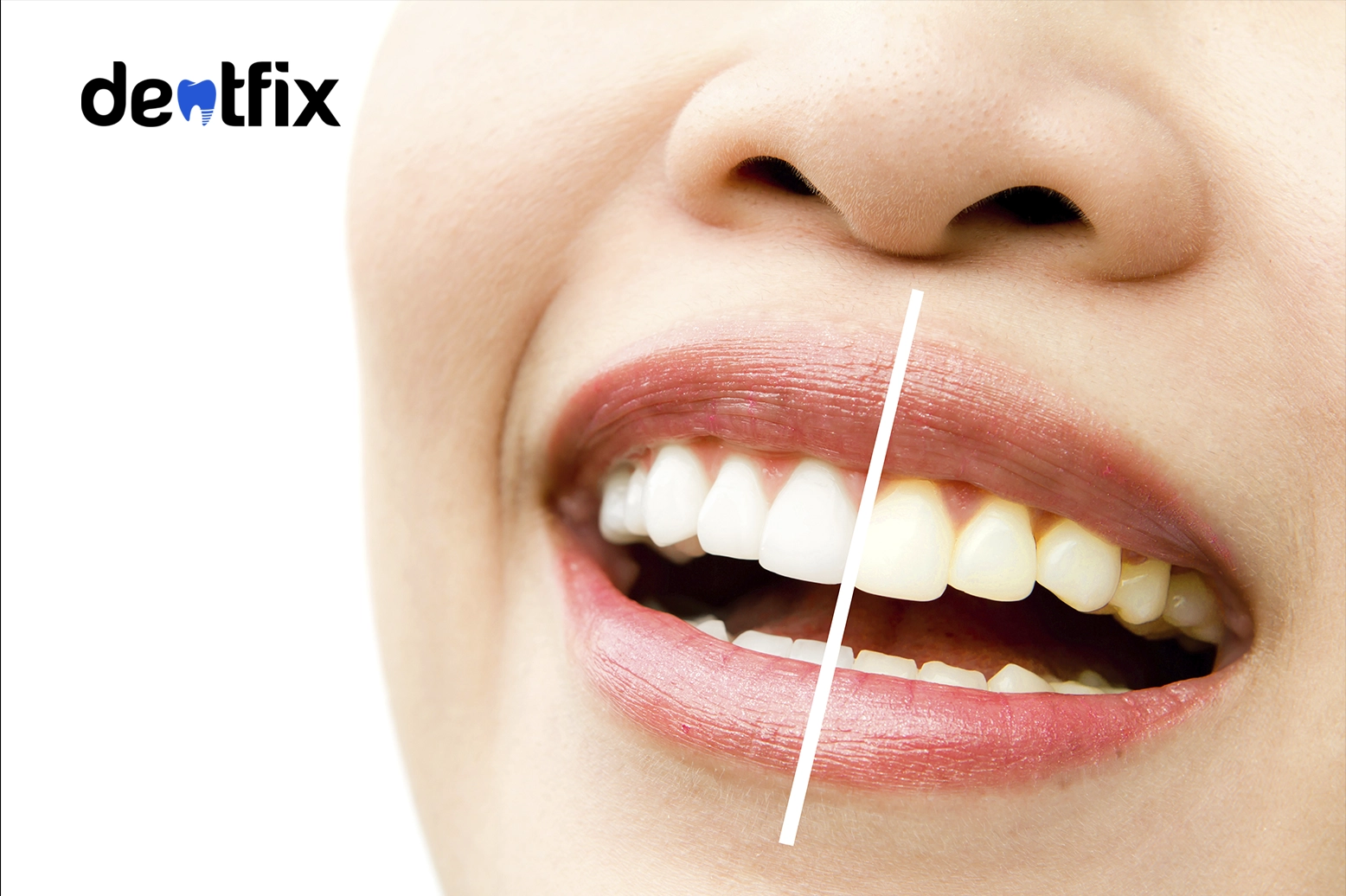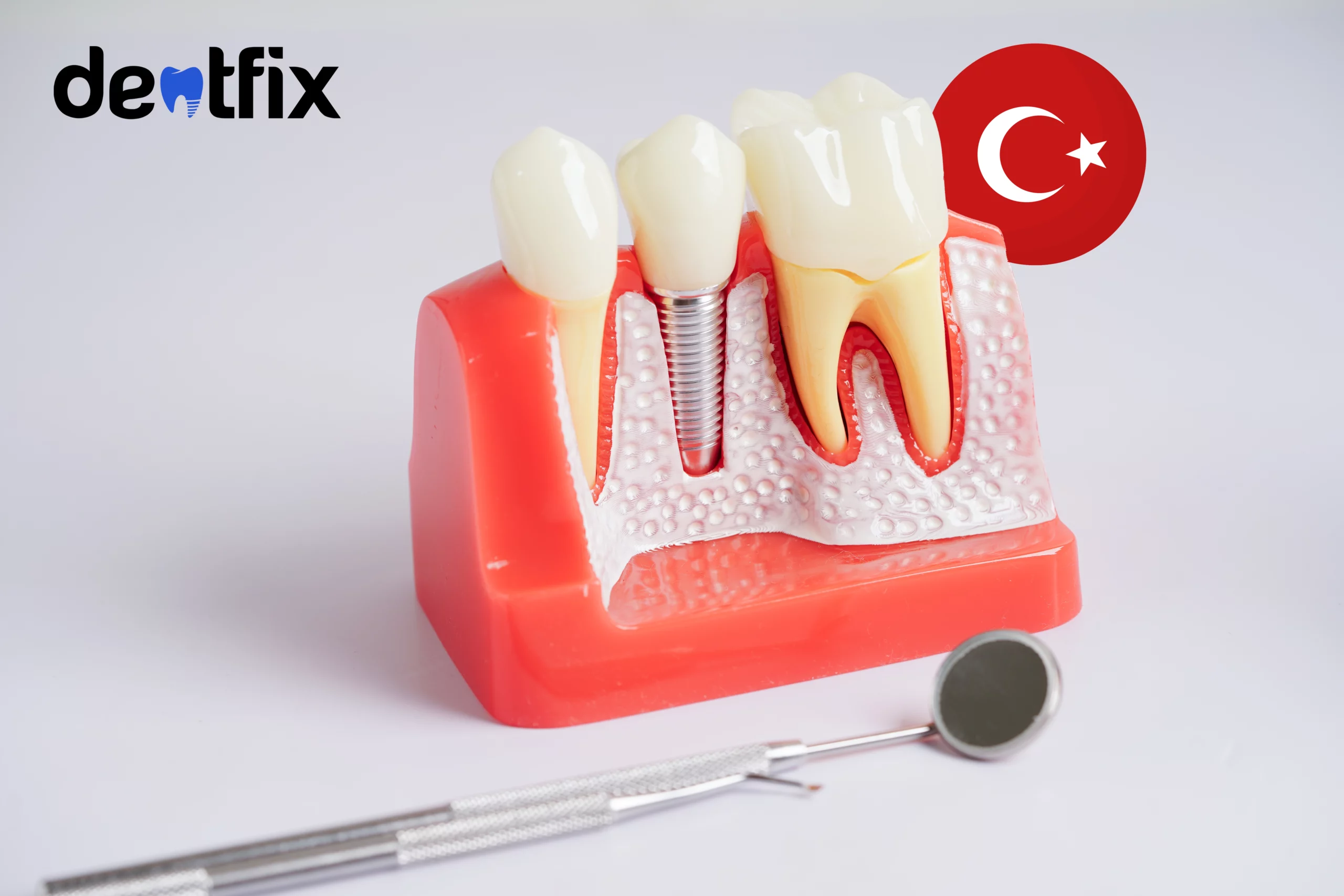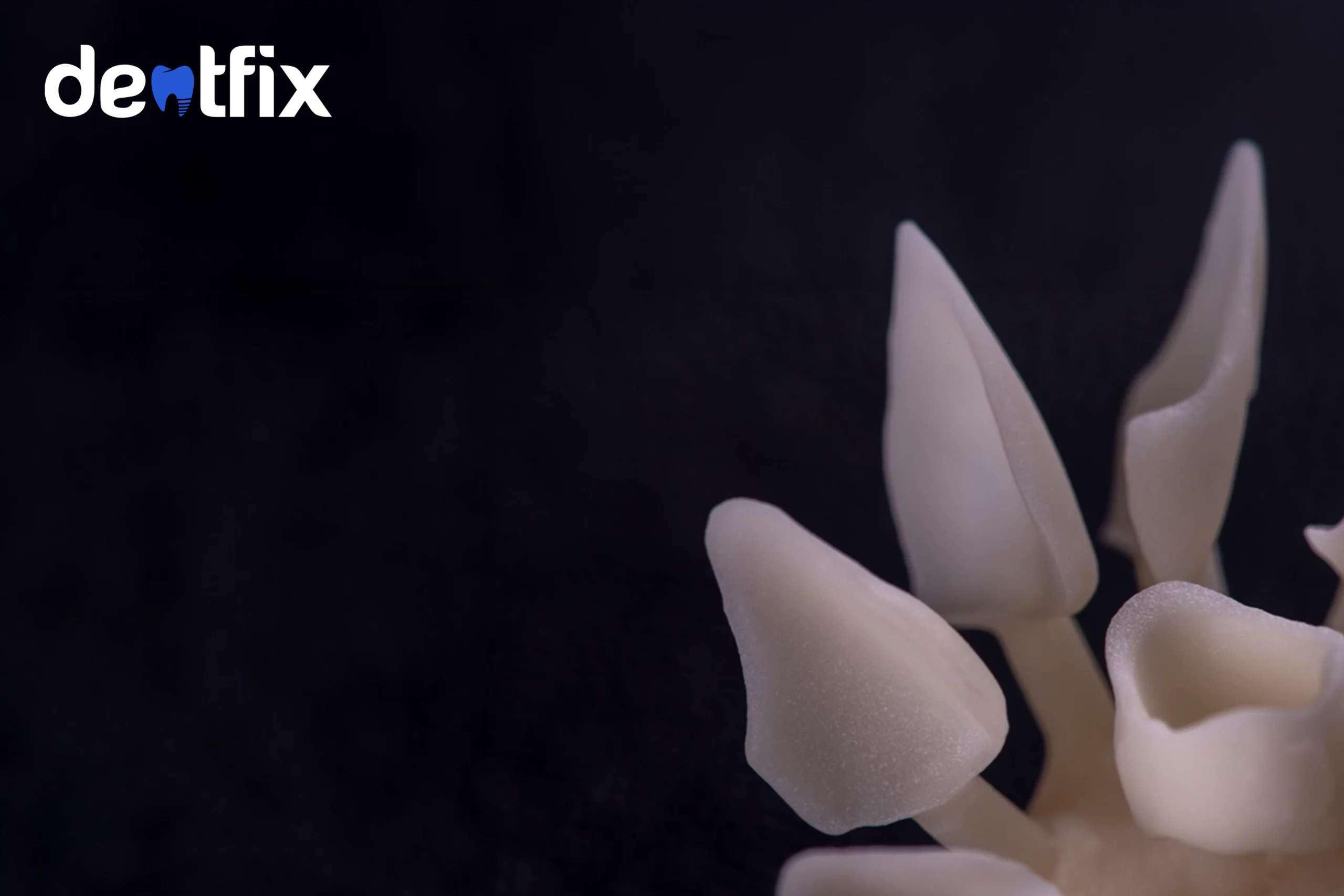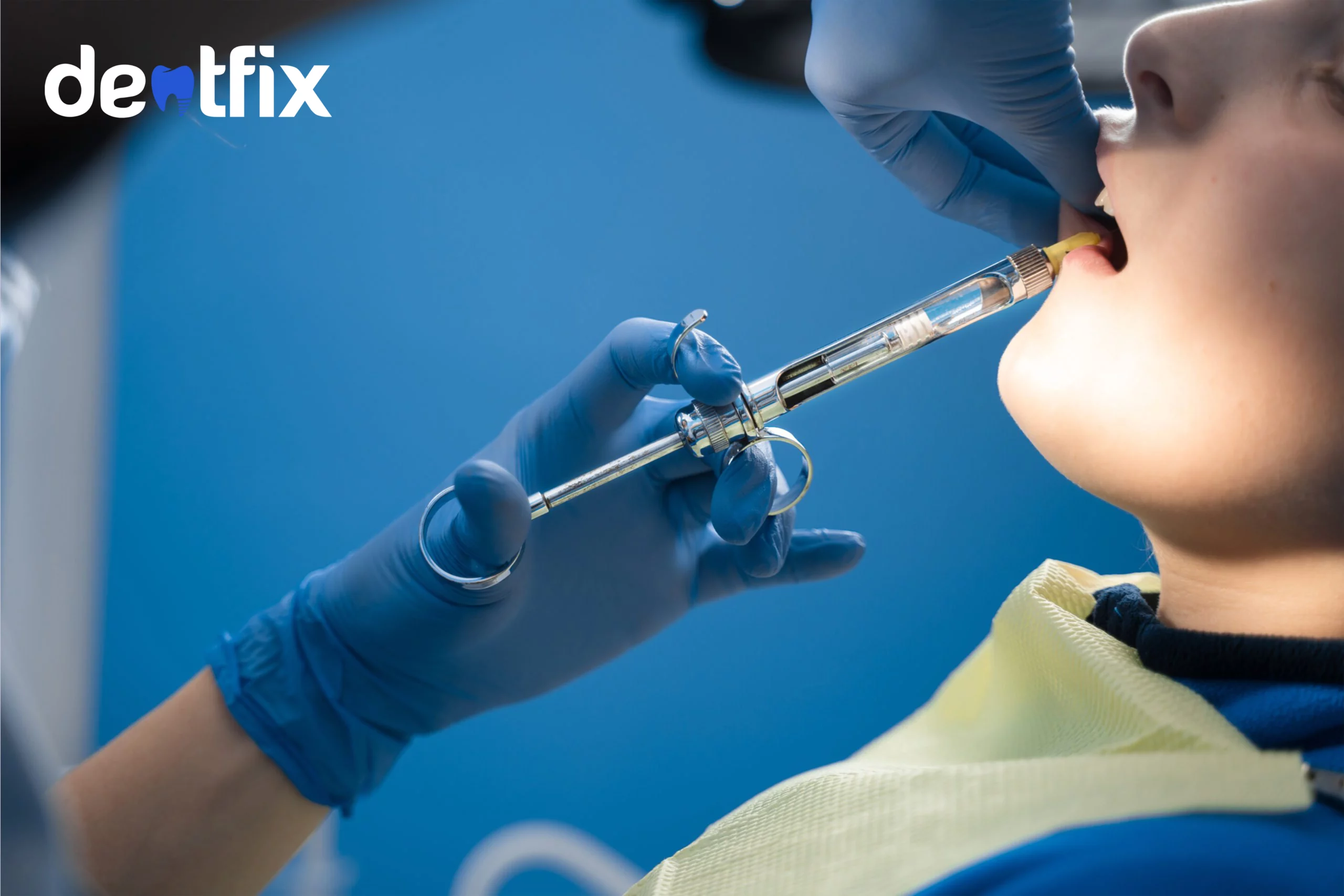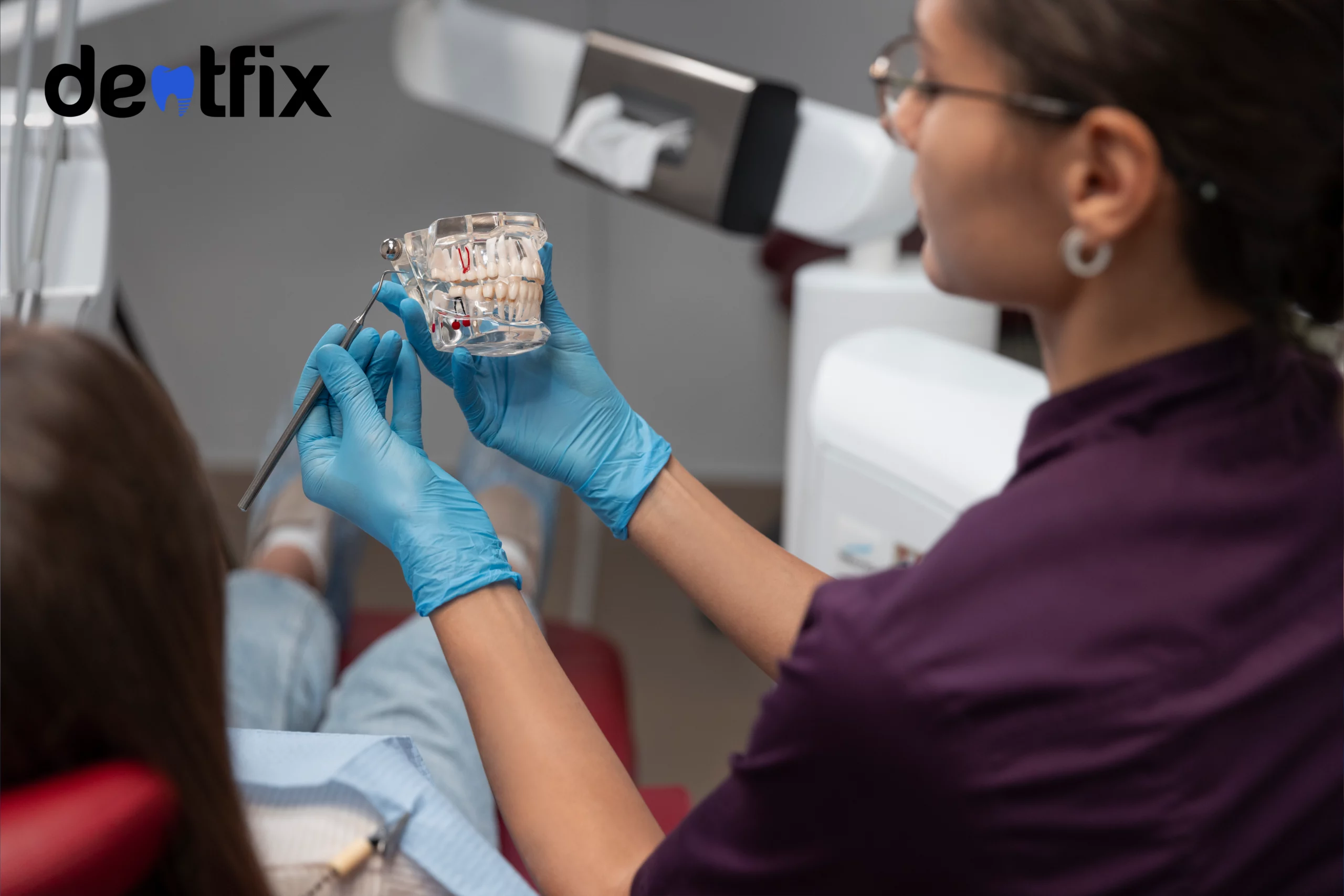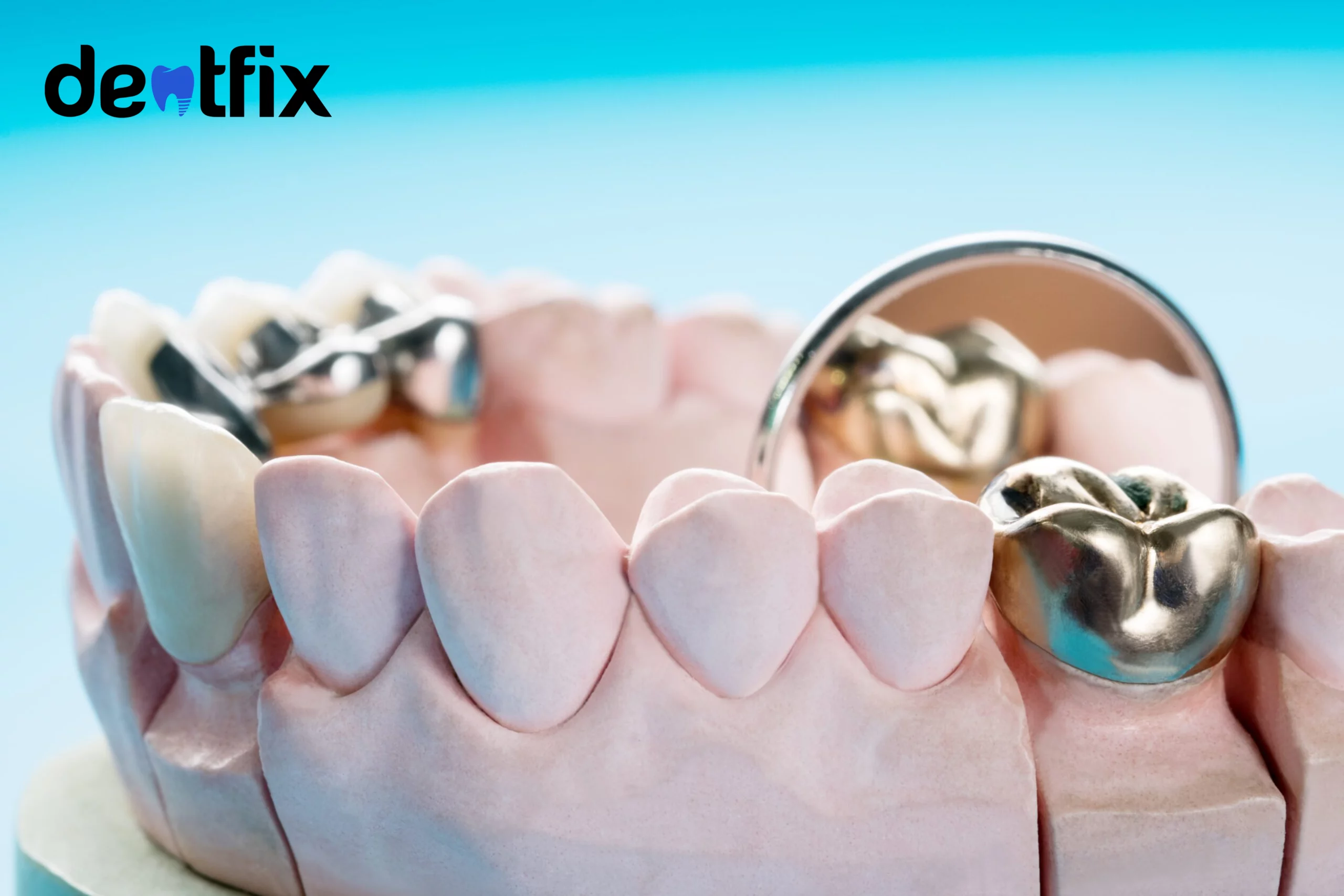Yellow teeth are teeth that look yellowish or discolored as a result of various factors. While it can be a cosmetic concern for some, yellow teeth don’t always pose a significant health risk. Various factors can contribute to it. No worries though, there are a number of different and effective ways to fix it.
Without further ado, let’s take a look at what we’ve covered about yellow teeth in this article:
- Yellow teeth have various causes.
- Not all cases pose a major health risk.
- May indicate stained or necrotic teeth.
- May be related to genetic predisposition.
- Various solutions and treatments are available.
What Are Yellow Teeth Exactly?
Yellow teeth are teeth that look yellowish or discolored. The color of our teeth can be affected by different things. While yellow teeth might bother some people from a cosmetic standpoint, they usually don’t signal a major health problem.
However, if your teeth are yellow and you notice other issues or if it’s something that’s bothering you consistently, it’s a good idea to see a dentist.
Is the Natural Tooth Color Yellow?
The natural color of teeth isn’t always yellow. See, teeth are made up of two layers: an outer layer called enamel, which is usually white, and an inner layer called dentin, which is slightly yellow.
So, the combination of these layers can make teeth appear in various colors, like white, off-white, or a bit yellowish. And since several factors also affect tooth color, it’s normal for it to be different for each person.
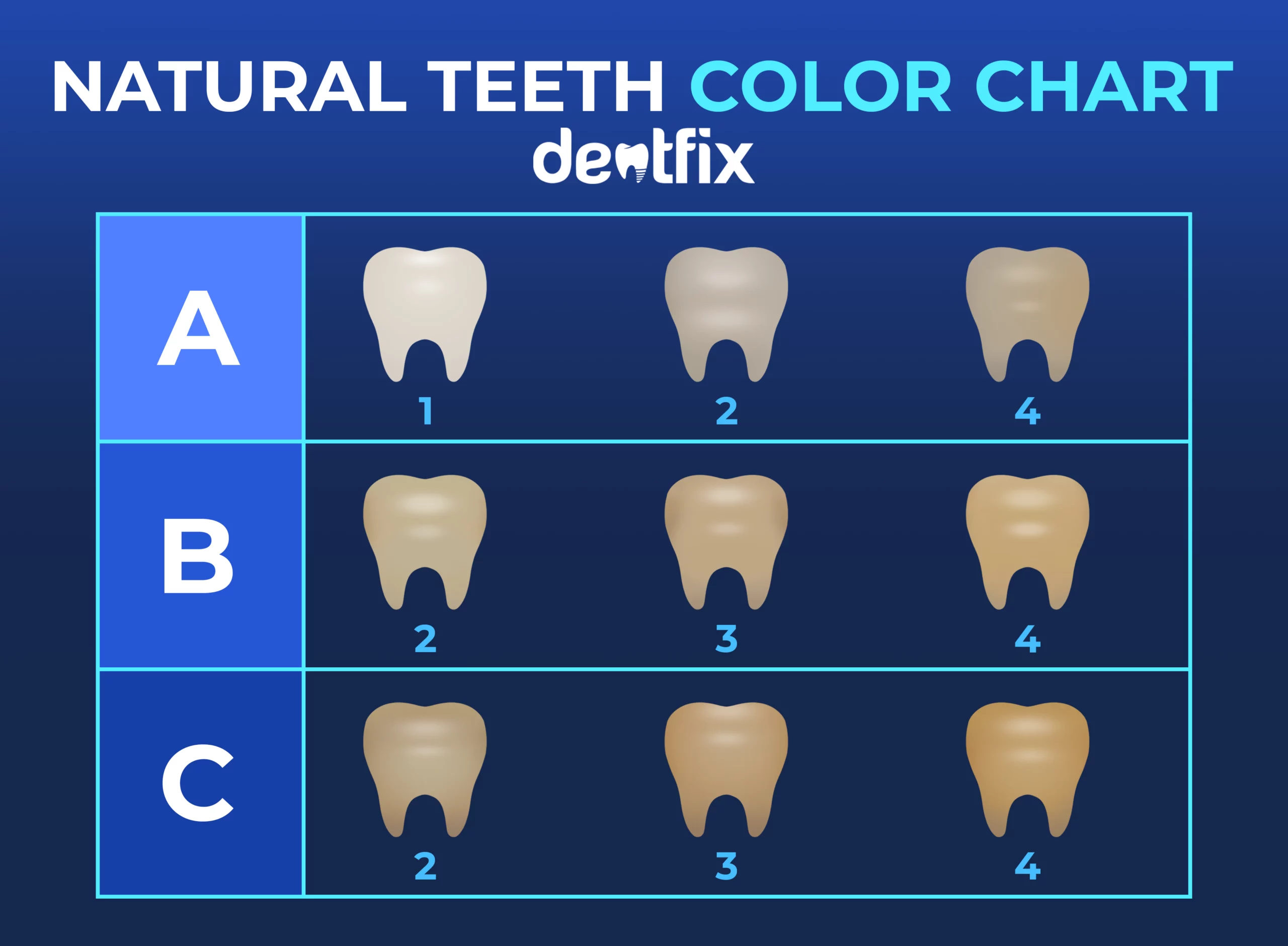
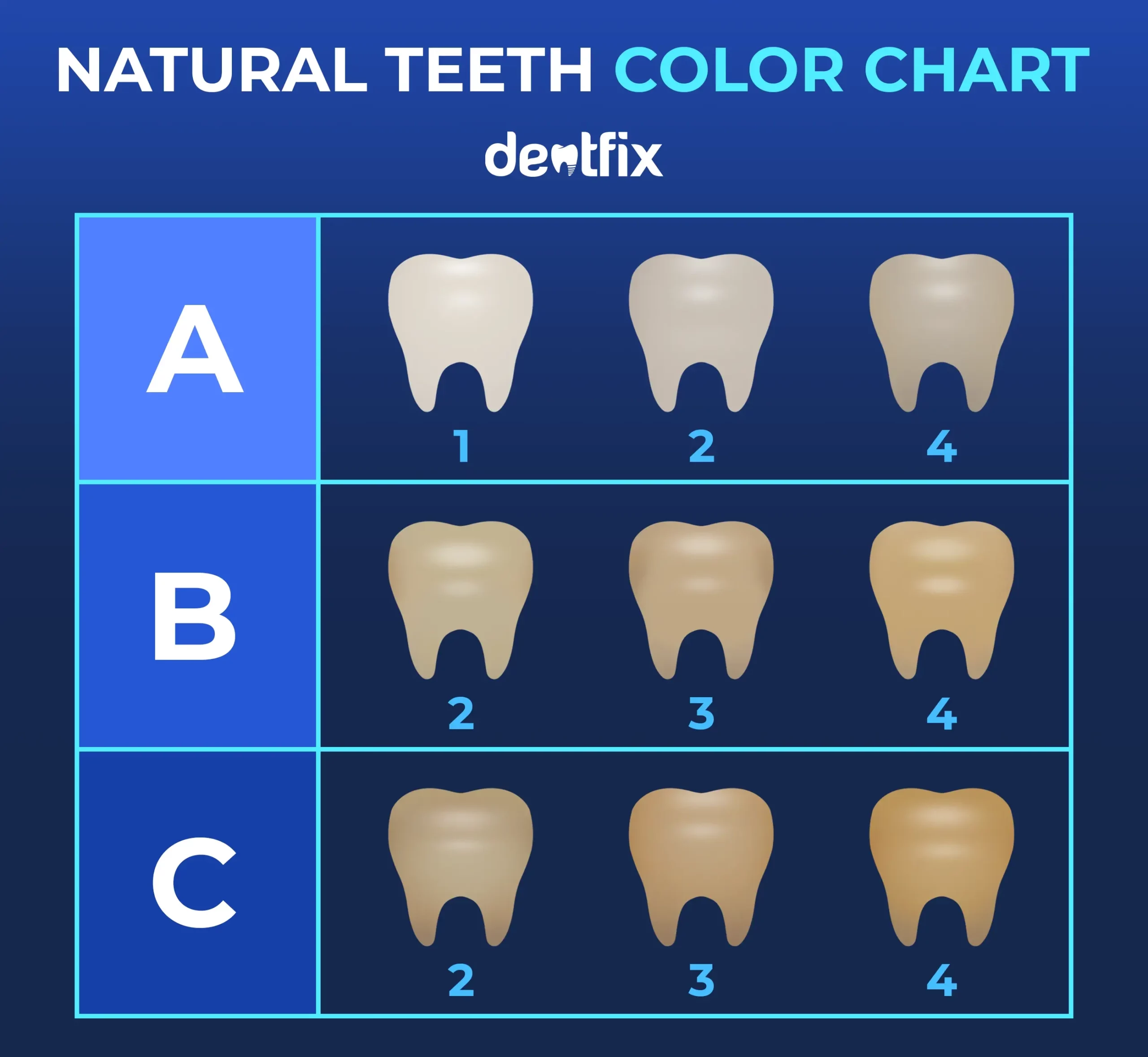
Are Yellow Teeth Stronger than White Teeth?
No, yellow teeth are not stronger than white teeth. In fact, yellow teeth can even be a sign of several dental issues. It’s the outer layer of the tooth, the enamel, that plays a crucial role in protecting it.
The strength of teeth is influenced by factors such as genetics, eating and drinking habits, smoking, oral hygiene, and general dental health.
Are Yellow Teeth Genetic?
Your yellow teeth might be due to genetics. In fact, there are two inherited yellow teeth diseases that can cause yellow and weaker teeth. These are called:
- Dentinogenesis Imperfecta: This genetic condition gives the enamel a grayish and transparent appearance and it often causes weakened and brittle teeth.
Amelogenesis Imperfecta: This disorder can make teeth look yellow-brownish. It also gives soft, brittle enamel that can be more easily damaged than normal teeth. As a result, your teeth are more likely to decay, chip, crack, and break.
What about race? Is there a connection between a person’s race and the shade of their teeth? Well, A study conducted in 2023 by the Dental Anthropology Group at CENIEH found that people of African descent tend to have thicker enamel on their teeth. This thicker enamel has a unique impact—it helps to conceal the underlying dentin, making their teeth appear naturally whiter. Also, the contrast between tooth color and skin tone is another contributing factor to the overall perception of brighter teeth.
What Causes Teeth to Turn Yellow?
Teeth can turn yellow because of various factors.
- Poor oral hygiene habit
- Vitamin deficiencies
- Certain staining foods and drinks
- Smoking
- Genetics
- Age
- Excessive fluoride
- Dental trauma
- Some dental restorations
- Medications
- Specific medical conditions
Medications that Cause Tooth Discoloration
While we’re at it, it’s only fair to share a list of medications that can cause yellow teeth.
- Tetracycline
- Salmeterol
- Fluticasone
- Amoxicillin
- Chlorhexidine
- Iron Supplements
- Some Antihypertensive Medications
Which Vitamin Deficiencies Cause Teeth Discoloration
Certain vitamins are crucial for maintaining healthy teeth and preventing yellowing.
- Vitamin A
- Vitamin B12
- Vitamin C
- Vitamin D
These vitamins are essential not only for a bright smile but also for overall body health. They are really important in bone formation and development, including teeth. For instance, vitamin D, along with calcium, helps build strong teeth and jaw bones. Getting enough of these vitamins makes your teeth stay in place and maintain their strength.
Does Tea Stain Your Teeth?
Yes, especially black tea has the most potential for staining. Tea has small particles in it called “tannin” which are natural products of plants, making your teeth yellow in time. For each type of tea, there’s a greater or lesser likelihood of staining your teeth when drinking them. Other than tannin content and chromogens, the acidity level of your tea is also important. The more acidic your tea, the better chance you’ll have discolored teeth.
Why Are My Teeth Yellow Near the Gums?
The yellow near your gums is yellow probably due to tartar build-up. When dental plaque forms and is not removed for a while, it can turn into hard tartar. Over time, the minerals in saliva can give tartar a yellowish color. And remember, it’s much harder to get rid of tartar compared to plaque.
Why Is One Tooth Yellow?
If you notice that one of your teeth looks more yellow than the others, it might be because:
- Dead Tooth
- Stains
- Certain Dental Filling Materials
Why Does Sudden Discoloration Happen?
Well, it’s not magic, but a few simple reasons might make them seem that way. If you’ve been sipping on coffee, tea, fizzy drinks, or wine without brushing before bedtime, that could be the reason.
Staining foods like tomato or soy sauce can also play a role. If you think it has nothing to do with food or drinks, scheduling a dentist appointment will be the best option.
Does Tooth Discoloration Always Mean a Cavity?
Not all tooth discoloration means you have cavities, sometimes it’s just staining. It’s not that difficult to tell them apart.
Since stains only affect the surface, they don’t cause pain, while cavities often cause tooth sensitivity and pain. Cavities can even change the shape of your tooth. So, if it doesn’t cause pain and your tooth is still in good condition, it is more likely to be a stain than a cavity.
Will the Yellow Tooth or Necrotic Tooth Fall Out?
Don’t worry, yellow teeth won’t fall out, but necrotic teeth do have such a risk. It’s quite important NOT to wait until this happens, as it can become infected and affect the jaw and other teeth if left untreated.
Do Yellow Teeth Cause Bad Breath?
No, yellow teeth don’t directly cause bad breath. However, bad breath is a sign of unhealthy bacteria in the mouth. These bacteria can cause everything from yellow teeth to dry mouth, sinus infections, and many other serious conditions.
Can Yellow Teeth Become White Again?
Yes, it is possible to have white teeth again! In some cases, over-the-counter products will do the trick. But if you want more effective solutions, you can always consider in-office whitening treatments as well as restorative treatments, especially for internal staining. It also helps your teeth to naturally heal themselves and even stay white if you take proper nutrients. This is called remineralization.
For coffee and tea lovers, try drinking through a straw, changing your choice of tea, adding milk, and brewing less.
Foods to Remineralize Your Teeth
Remineralization prevents tooth decay and enamel eroding. Both of which are the reasons for yellowed teeth.
Make sure to consume enough of these to remineralize your teeth:
- Vitamin D: fish and fish oils in general.
- Calcium: dairy, almonds, soybeans.
- Phosphorus: red meat, poultry, seafood.
- Magnesium: green leafy vegetables, legumes, nut, seeds, and whole grains.
- Vitamin K2: hard cheese, liver, egg yolks, chicken, and fatty fish.
How to Whiten Yellow Teeth
Here, we listed down some solutions on how to whiten yellow teeth.
| Levels | Methods |
High level of stains | Veneers and crowns |
Medium level of stains | Teeth cleaning, Zoom whitening |
Low level of stains | Trays, gels, fluoride, UV light home kit |
References:
- Nazemi Salman B, Mohseni M, Darvish S, Farsadeghi M, Luchian I. Effects of Iron Salts on Demineralization and Discoloration of Primary Incisor Enamel Subjected to Artificial Cariogenic Challenge versus Saline Immersion. Healthcare. 2023;11(4):569. doi:https://doi.org/10.3390/healthcare11040569
- Botelho J, Machado V, Proença L, Delgado AS, Mendes JJ. Vitamin D Deficiency and Oral Health: A Comprehensive Review. Nutrients. 2020;12(5). doi:https://doi.org/10.3390/nu12051471
- Alkhatib MN, Holt RD, Bedi R. Smoking and tooth discolouration: findings from a national cross-sectional study. BMC Public Health. 2005;5(1). doi:https://doi.org/10.1186/1471-2458-5-27
